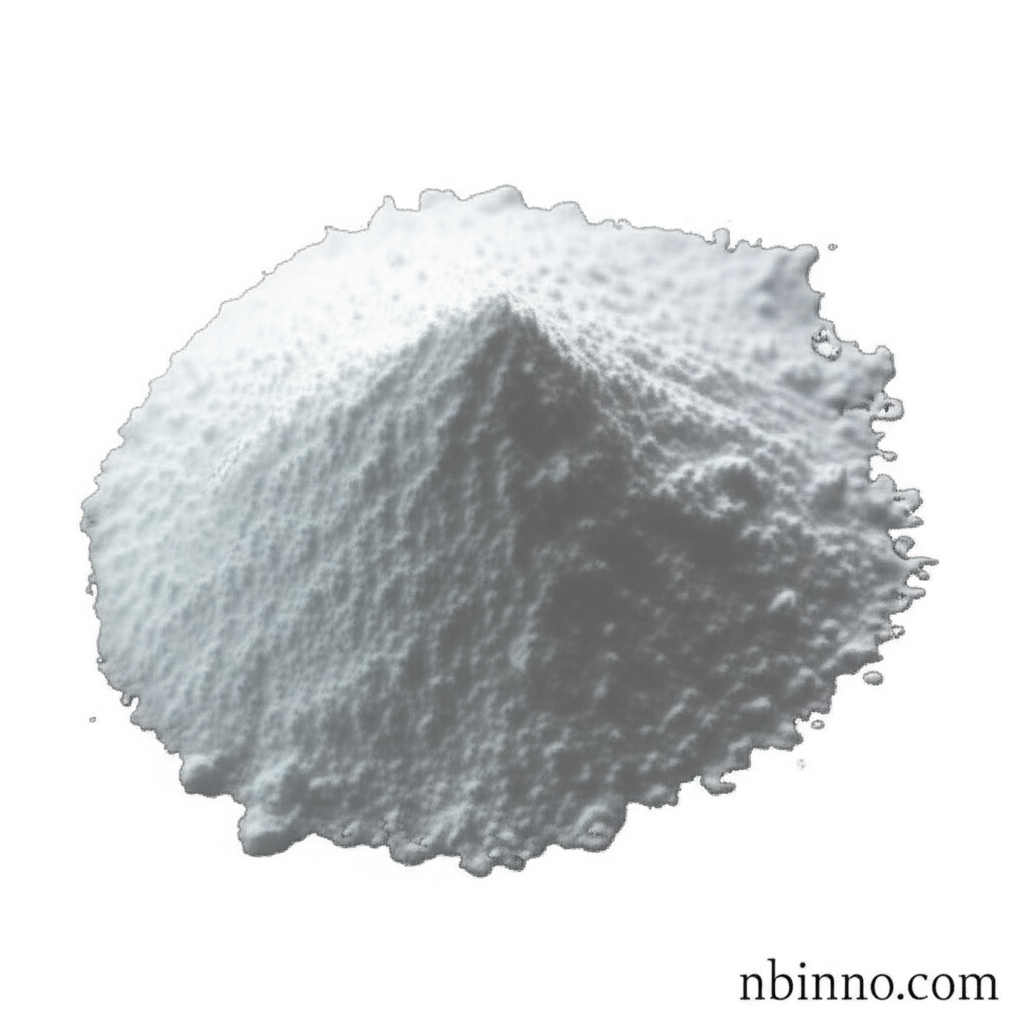D-2-(3-Thienyl)-glycine: A Key Building Block in Chemical Synthesis
Explore the properties and applications of this vital chiral amino acid derivative.
Get a Quote & SampleProduct Core Value

D-2-(3-Thienyl)-glycine
D-2-(3-Thienyl)-glycine is a critical compound in organic chemistry, recognized for its unique structural features as a chiral amino acid derivative. Its primary utility lies in its role as a building block for the synthesis of complex organic molecules, most notably in the development of amide-containing heterobicyclic metalloprotease inhibitors. This application highlights its importance in pharmaceutical research and the creation of novel therapeutic agents.
- Discover the key applications of D-2-(3-Thienyl)-glycine in synthesizing metalloprotease inhibitors, contributing to advancements in drug discovery.
- Understand the chemical properties of this CAS 1194-86-1 chemical properties compound, characterized by its appearance as a white to off-white solid or powder.
- Leverage this versatile intermediate in your chemical synthesis projects, benefiting from its well-defined structure and reactivity.
- Explore its use as a crucial pharmaceutical intermediate for creating advanced chemical compounds with specific biological activities.
Key Advantages
Versatile Building Block
As a key component in chemical synthesis, D-2-(3-Thienyl)-glycine offers unparalleled versatility for chemists working on complex molecular structures.
Pharmaceutical Relevance
Its application in the synthesis of metalloprotease inhibitors positions it as a valuable asset for pharmaceutical R&D and the creation of novel drug candidates.
Chiral Purity
The chiral nature of D-2-(3-Thienyl)-glycine is essential for developing enantiomerically pure compounds, which is critical in pharmaceutical applications for efficacy and safety.
Key Applications
Pharmaceutical Research
D-2-(3-Thienyl)-glycine serves as an essential intermediate in the development of new pharmaceuticals, particularly in the area of metalloprotease inhibitor synthesis.
Organic Synthesis
Researchers utilize this compound as a building block in intricate chemical synthesis pathways to create novel organic molecules.
Drug Discovery
Its role in constructing complex molecular frameworks aids in the discovery of new drug candidates targeting various diseases.
Chemical Intermediates
As a fine chemical, it is a sought-after intermediate for both academic research and industrial chemical production.
